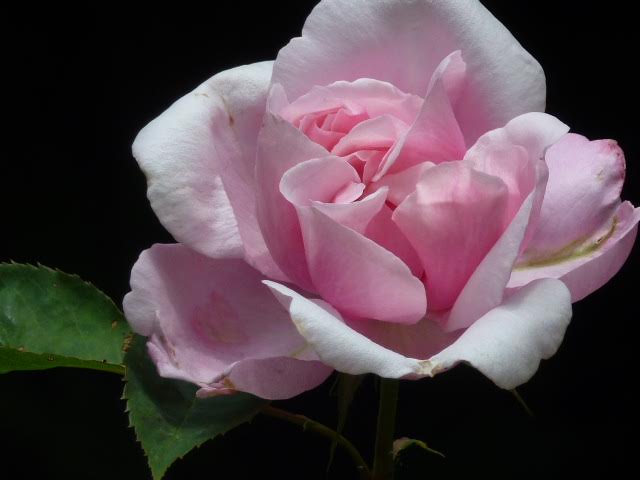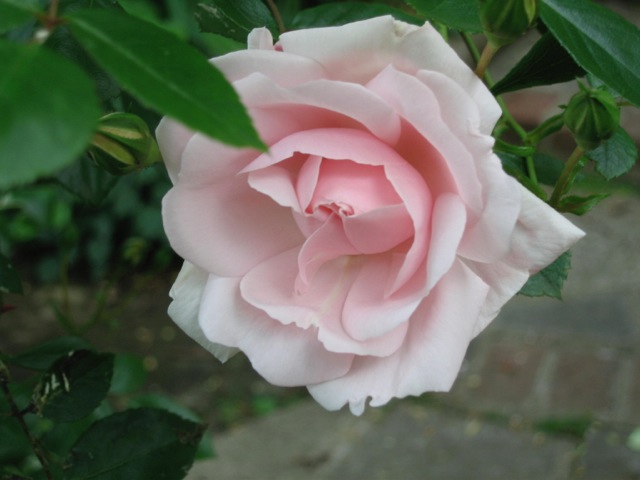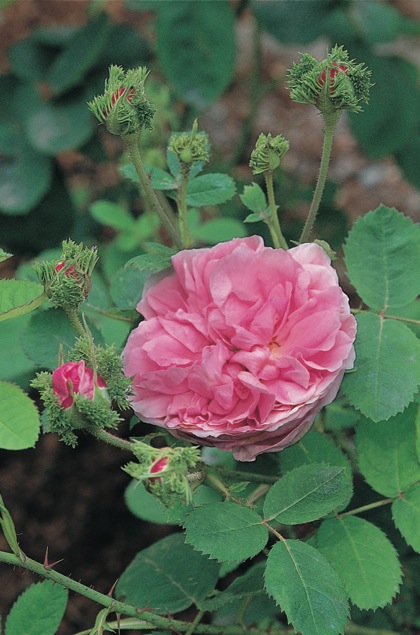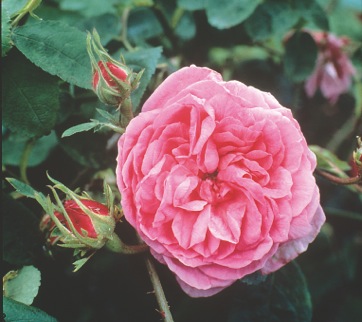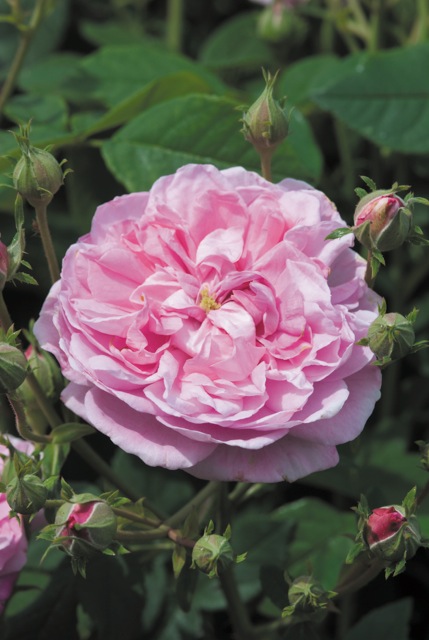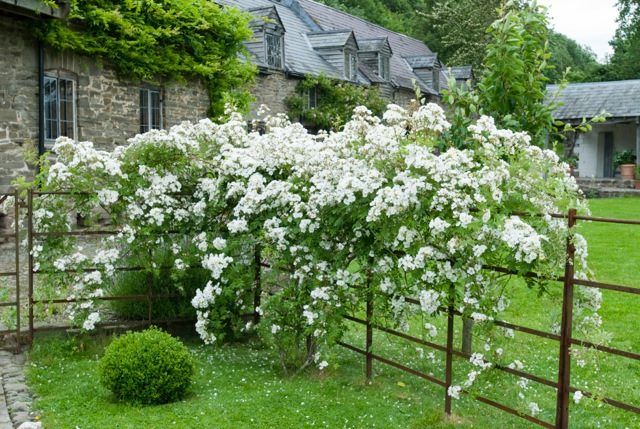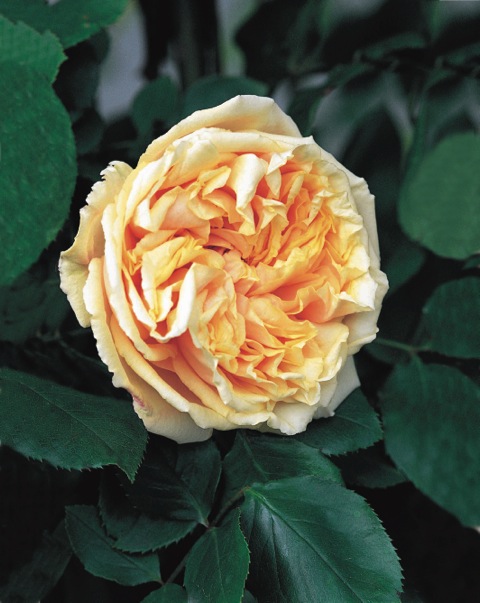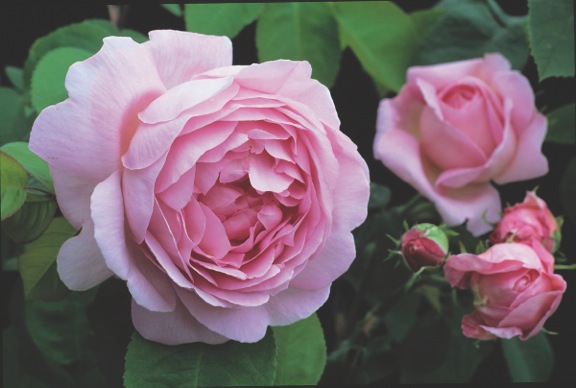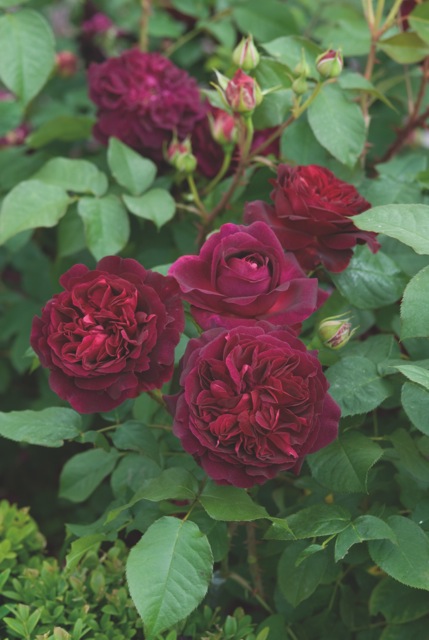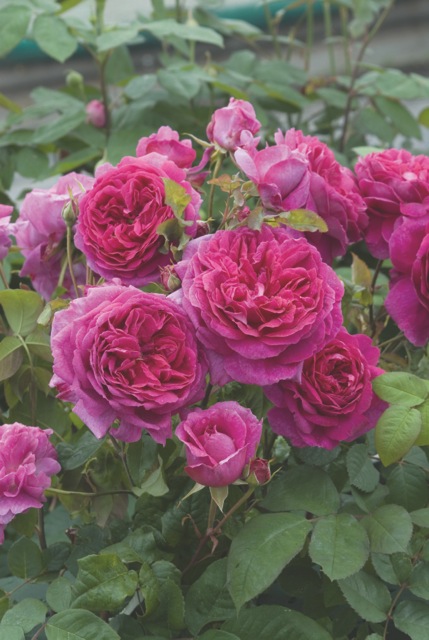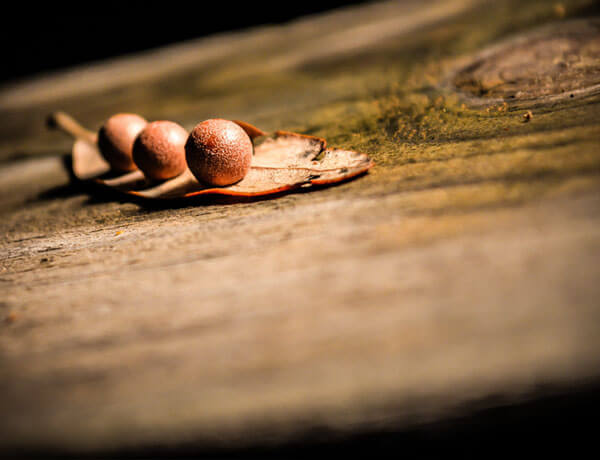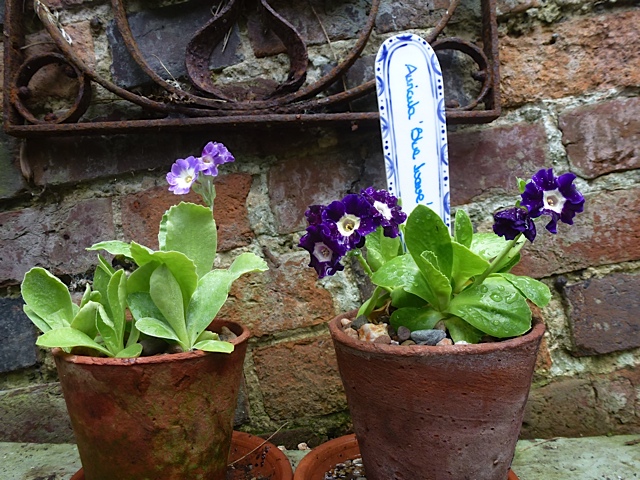-
Smelling the Roses
©David Austin
Just occasionally someone confesses that they don’t like roses – an unimaginable comment to the rest of us for whom the rose is the essence of beauty with its silken petals and delicious fragrance. Admittedly not all roses are equally beautiful or equally fragrant, but it must take considerable effort to resist the charms of all roses, especially the English Roses that combine the beauty and fragrance of Old Roses with the repeat flowering habits of modern varieties.
The sadly scentless New Dawn ©Stephanie Donaldson
Although Gertrude Stein famously said ‘A rose is a rose is a rose is a rose’, in reality they are enormously diverse with fragrances that also vary widely in intensity and how they are perceived. I had the enlightening experience of going to an event where a group of us had the opportunity to smell a selection of the most fragrant English roses and I was amazed at the many ‘notes’ that I detected and how different one rose smelt from another. Equally interesting was how subjective our responses were – while some of my companions were rhapsodising over the scent of one of the roses, all I could smell was the old fashioned pink antiseptic ‘Germolene’. I won’t name the rose because it was clear that I was the only one who found it more antiseptic than alluring. I’ve since looked up the constituents of Germolene and it would appear to be the phenols in both the rose and the cream that I was picking up. Phenols are perfume ingredients, so I wasn’t entirely off the mark, it’s just that my ‘smell memory’ linked it to a particular childhood encounter. That’s the thing about the sense of smell – it bypasses the brain and goes straight to the emotions, so our smell responses can be linked to previous experiences.
So what has this to do with the appreciation of roses ? Quite a lot really. If you want to grow scented roses, it really makes sense to see them in flower and smell them before you make your choice. Then you will know which of the range of different fragrances most appeals to you. According to John Scarman’s ‘Old Roses’ there’s a huge variety in both flower and foliage scents. I’m planning to get myself a moss rose or two after reading that the ‘moss’ that covers the stems and calyxes beneath the flowers exudes a rich balsamic fragrance and that the same fragrance is present in the leaves of most Gallicas, Centifolias and Damasks and will scent the garden on warm humid days. Briar roses, also known as eglantines, apparently have apple-scented leaves that are noticeably fragrant on hot sunny days or after a shower of rain.
Moss Rose Chapeau de Napoleon ©David Austin
Gallica Rose Tuscany © David Austin
Rosa centifolia © David Austin
Damask Ispahan © David Austin
Briar rose elegantula persetosa © David Austin
The most widely used descriptions of the different flower fragrances are Musk, Tea and Myrrh, sometimes distinct and sometimes combined. ‘Rambling Rector’ that glorious thug that will grow as high as its host tree has a musk scent, while the dense crinkled flowers of ‘Gloire de Dijon’ have a classic tea fragrance and myrrh is dominant in ‘Constance Spry’. As lovely as these old roses are, they do have the drawback of a limited flowering season, so unless you have enough space to indulge in a blizzard of flower and fragrance in June followed by just the occasional bloom, English roses are a better choice.
Musk scented Rambling Rector © David Austin
Tea rose Gloire de Dijon © David Austin
Musky Constance Spry © David Austin
David Austin, the company behind English roses, increasingly breeds for fragrance as well as vigour, disease resistance and long-flowering. And, like wine connoisseurs or parfumiers, their description of rose scents goes way beyond musk, tea and myrrh. Deep crimson ‘Munstead Wood’ combines old rose with blackberry, blueberry and damson; ‘Claire Austin’ has meadowsweet, heliotrope and vanilla on a strong myrrh base and ‘Young Lycidas’ is a blend of tea, old rose and cedar. This is subtle stuff and it’s doubtful that an untrained nose will detect these nuances, but identifying the classic rose fragrance that you like best – musk, myrrh, or tea – will help you make your choice – or possibly eliminate some. I think it is myrrh that smells antiseptic to me, so in future I will check descriptions of roses and perhaps avoid those where myrrh is dominant – or better still spend more time doing some comparative rose smelling to see if it was just that particular rose that combined its ingredients in a way that I didn’t like. As tasks go, it’s not to be sniffed at.
English Rose Munstead Wood © David Austin
English Rose Claire Austin © David Austin
English Rose Young Lycidas © David Austin
©Stephanie Donaldson

